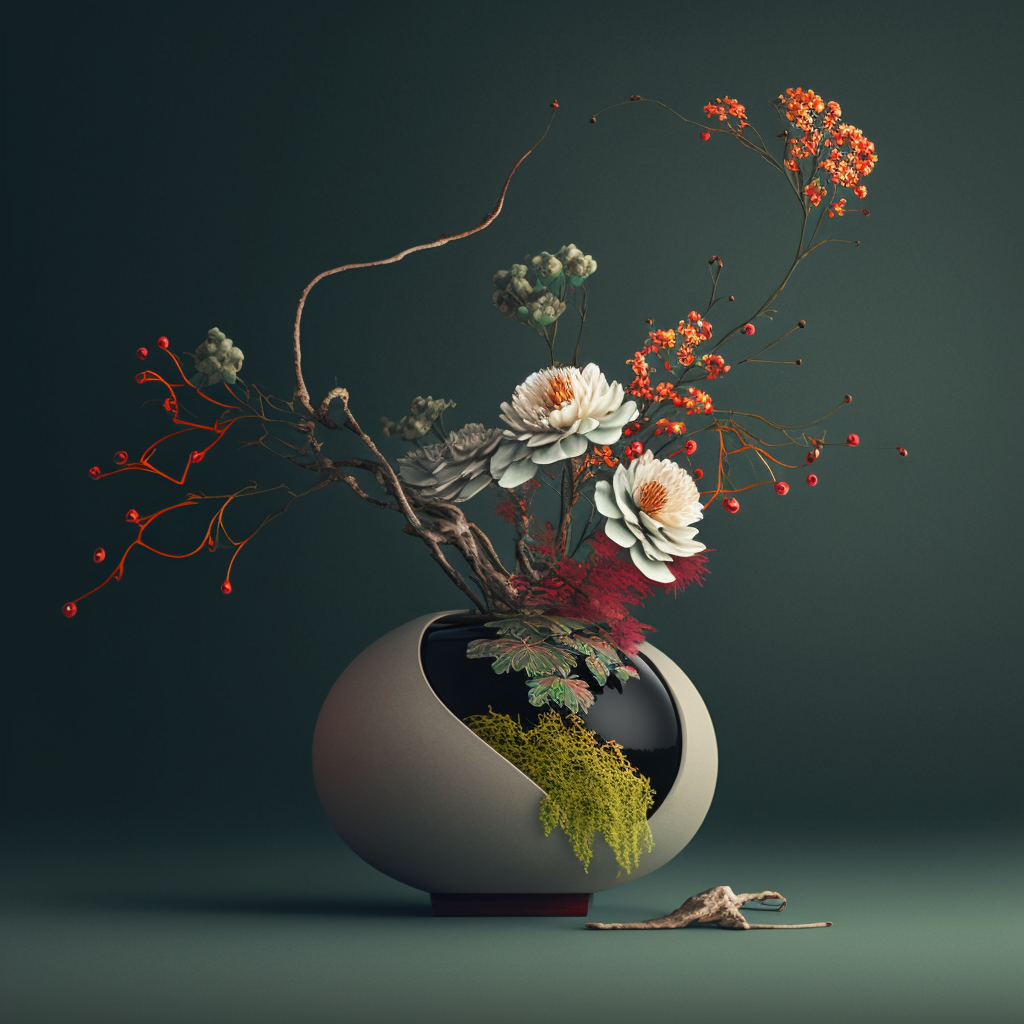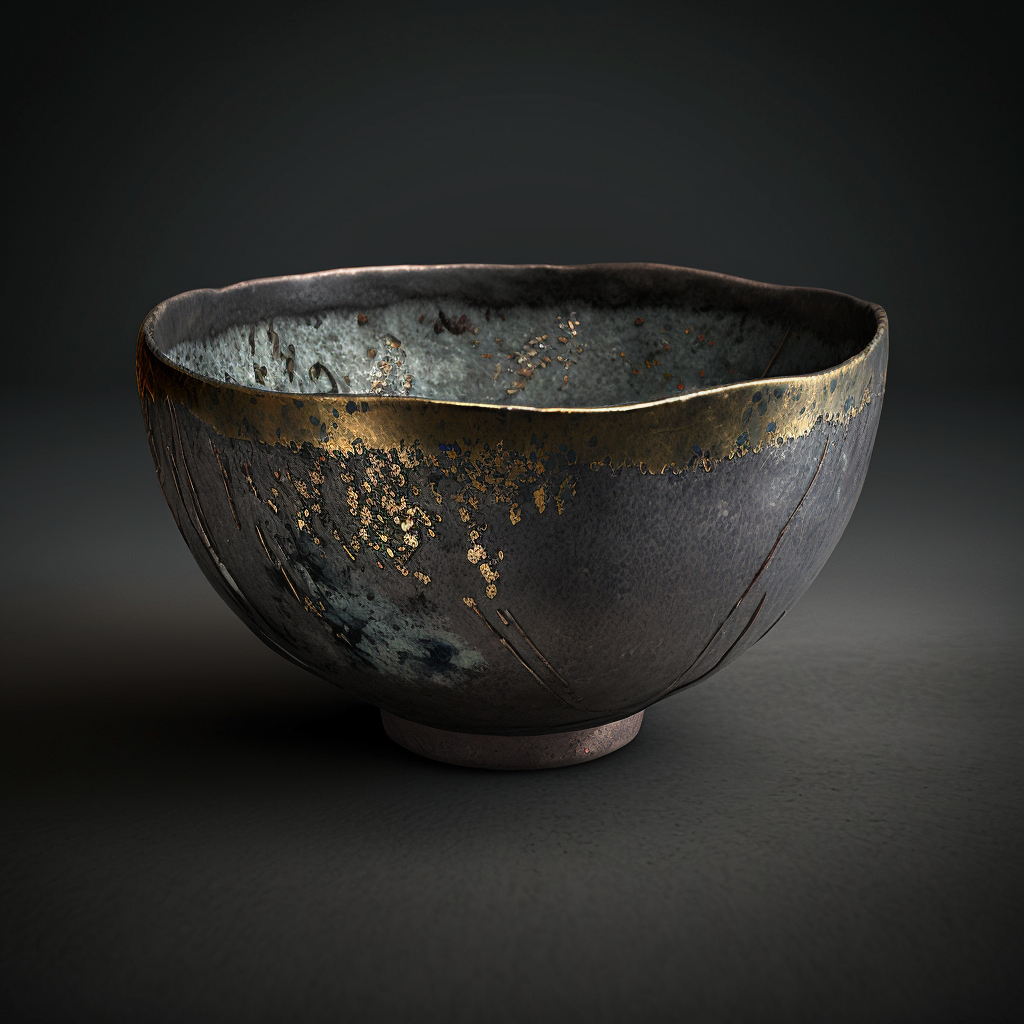The kimono is one of Japan’s most iconic and elegant traditional garments. This garment, which dates back centuries, embodies both Japanese culture and the art of clothing. In this article, we will explore the history of the kimono, its deep cultural significance, and its continuing influence on Japanese fashion and society.
The History of the Kimono
The kimono has deep roots in Japanese history, dating back to the Heian era (794-1192). Originally, the term “kimono” simply meant “thing to wear.” It was worn by members of the nobility and upper class, and its design was characterized by bright colors and intricate patterns. At this time, the kimono was worn layered, with layers of fabric called “jûnihitoe”, often used to represent the person’s social status and rank.
Over the centuries, the kimono has become a more accessible garment for all social classes. During the Edo period (1603-1868), kimonos became more popular among the Japanese people. The patterns and colors of kimonos reflected the seasons and cultural events, and each region of Japan had its own distinctive styles and designs.
The kimono remained the quintessential traditional garment in Japan until the 20th century, when Westernization began to influence Japanese fashion. However, even today it is worn on special occasions, such as weddings, tea ceremonies, festivals and traditional celebrations.
The Meaning of the Kimono
The kimono is much more than just a piece of clothing in Japan. It is imbued with symbolism and deep cultural meanings. Here are some of the most important meanings associated with kimono:
Elegance and grace: The kimono is synonymous with elegance and grace. Its loose, flowing cut highlights the beauty of the body’s movement, and the wearer must learn to walk and sit gracefully to best showcase the kimono.
Cultural expression: Kimono patterns, colors, and fabric types are often used to represent cultural, religious, or geographic elements. For example, cherry blossom designs are associated with spring, while wave designs can be reminiscent of the sea.
Marking Life Milestones: Kimonos are worn during important life events, such as weddings, funerals, and coming-of-age ceremonies. They symbolize transition and the importance of these moments.
Social equality: The kimono served to erase class distinctions, because everyone could wear it. This allowed Japanese society to celebrate unity and equality.
Kimono Components
The kimono is made up of several key elements, each with its own meaning and role:
Kimono (Kimono): The main garment, usually made of a silk or cotton fabric. It can be decorated with various patterns and colors.
Obi: The wide belt that surrounds the waist of the kimono. The obi can be as important as the kimono itself in terms of style and meaning.
Obijime: A thin cord that holds the obi in place.
Obiage: A small folded fabric that is placed under the obi to hold it in place.
Tabi: Traditional socks that are often worn with Japanese sandals called
The Evolution of the Kimono
Nowadays, the kimono is worn mainly on special occasions. However, his influence continues to inspire fashion and art around the world. Japanese and international fashion designers have adapted the kimono to create contemporary clothing, and the kimono’s patterns and colors have influenced global fashion.
In conclusion, the traditional Japanese kimono is much more than just a piece of clothing. It is a reflection of the history, culture and depth of Japan. It embodies elegance and harmony, while retaining deep cultural significance. The kimono is a Japanese cultural treasure that continues to captivate the world with its timeless aesthetic and deep meaning.
“geta” or “zori”.
Zori: Japanese sandals worn with the kimono.


